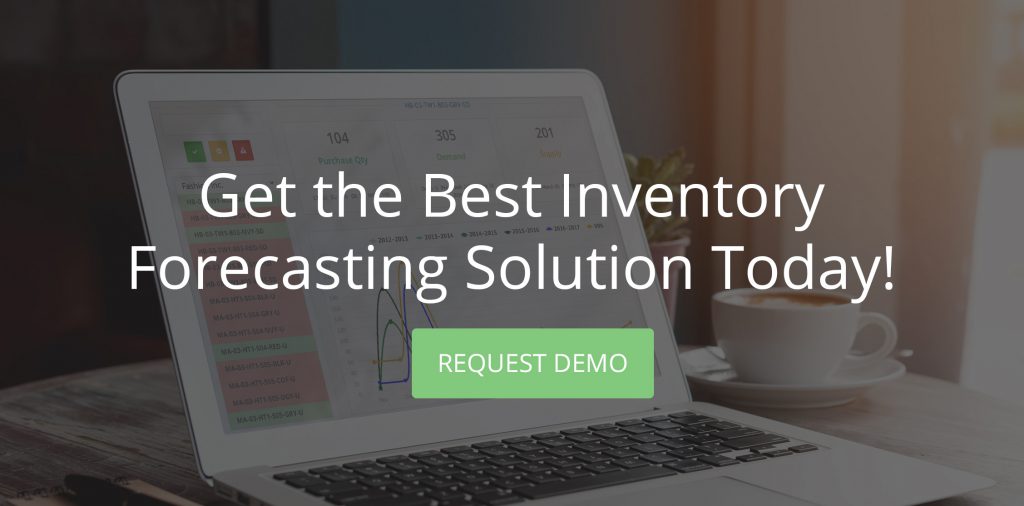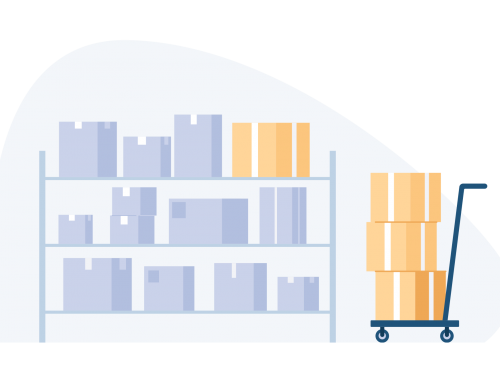Keeping items in stock throughout the year is important for any business; however, it is truly paramount for the success of an FBA business.
High stock order performance is particularly vital during the holidays. In order to protect against stock-outs during many businesses’ most crucial selling season, it is of utmost importance to plan in ahead, usually months in advance.
This starts with the freeing up of resources to invest in items that you know will sell well. Unless the company is one that has unlimited capital, many businesses will partially liquidate some of their slow turning inventory in order to have the money necessary to invest in their star products (high volume, high margin) for the holiday season.
Once a business has this requisite capital, the process of determining the right quantities of the right products to order starts with employing a proven method of inventory forecasting.
While over-simplified, taking the above approach will usually reduce the likelihood of, or at least help mitigate, out-of-stock disasters. But what happens when you don’t plan properly?
Lost Revenue
Starting with the obvious, if you don’t have a product in stock, it’s difficult to sell it anywhere, especially Amazon. This means you lose out on the revenue from the lost potential sale when someone visits your listing and notices it’s out of stock, but the pain doesn’t stop there.
As you may know, Amazon assigns page rank based on a few factors, but current sales volume is probably the most important of those. You work all year to try to promote your product’s page rank, so that when demand spikes, you are able to take advantage. If a SKU goes dark during one of the busiest times of the year, and you miss out on a large number of sales, the product will be demoted in rank, so even when you eventually restock, your future sales will be negatively impacted due to lower visibility.
Loss of insight
This consequence might be less obvious than lost revenue. When a product goes out of stock, you lose hard data about the demand of that product. This greatly reduces your ability to forecast its demand in the future. For example, if you have twenty Santa hats in stock on November 14th, and they all sell on November 15th, with no ability to restock before Christmas, you don’t know whether you would have sold 50, 500, or 50,000 in the time between November 16th and December 25th. Without this sales data, your forecasting abilities for next year will be greatly inhibited.
Be sure not to go out of stock during the holidays. Plan ahead, and order the right product in the right quantity at the right time.





